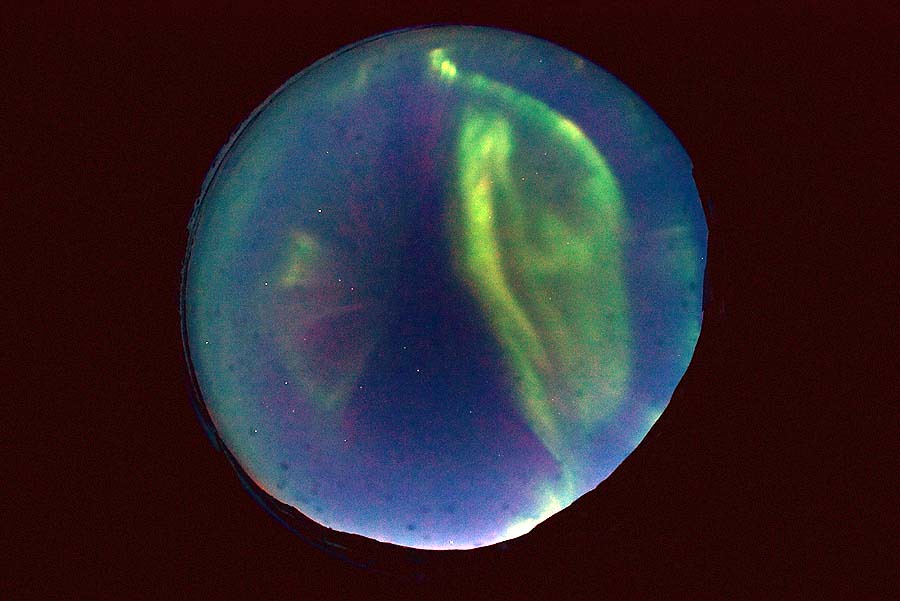odd jim
Flimsiest Lambresta
- Messages
- 9,209
- Name
- Jim
- Edit My Images
- Yes
A B+W 77mm 77 F-Pro Digital MRC UV Haze Filter £54.00
for some people not good to use one, but with this piece of glass in front, no chip in the lens....
Anything that chips the front element will decimate a flimsy filter, as per my previous post. And will have likely caused more damage to the lens.
Regardless of what people's opinions are re image degradation of using pointless UV filters, or 'protection' filters, it's a 100% certainly they offer no protection against the type of direct impact that can cause damage such as a chip to a front element.
There's a video on YouTube that shows how little protection they offer, with a taught piece of **paper** offering better impact resistance!
In fact, here it is, watch it after 6 minutes;
Last edited:


 096096
096096